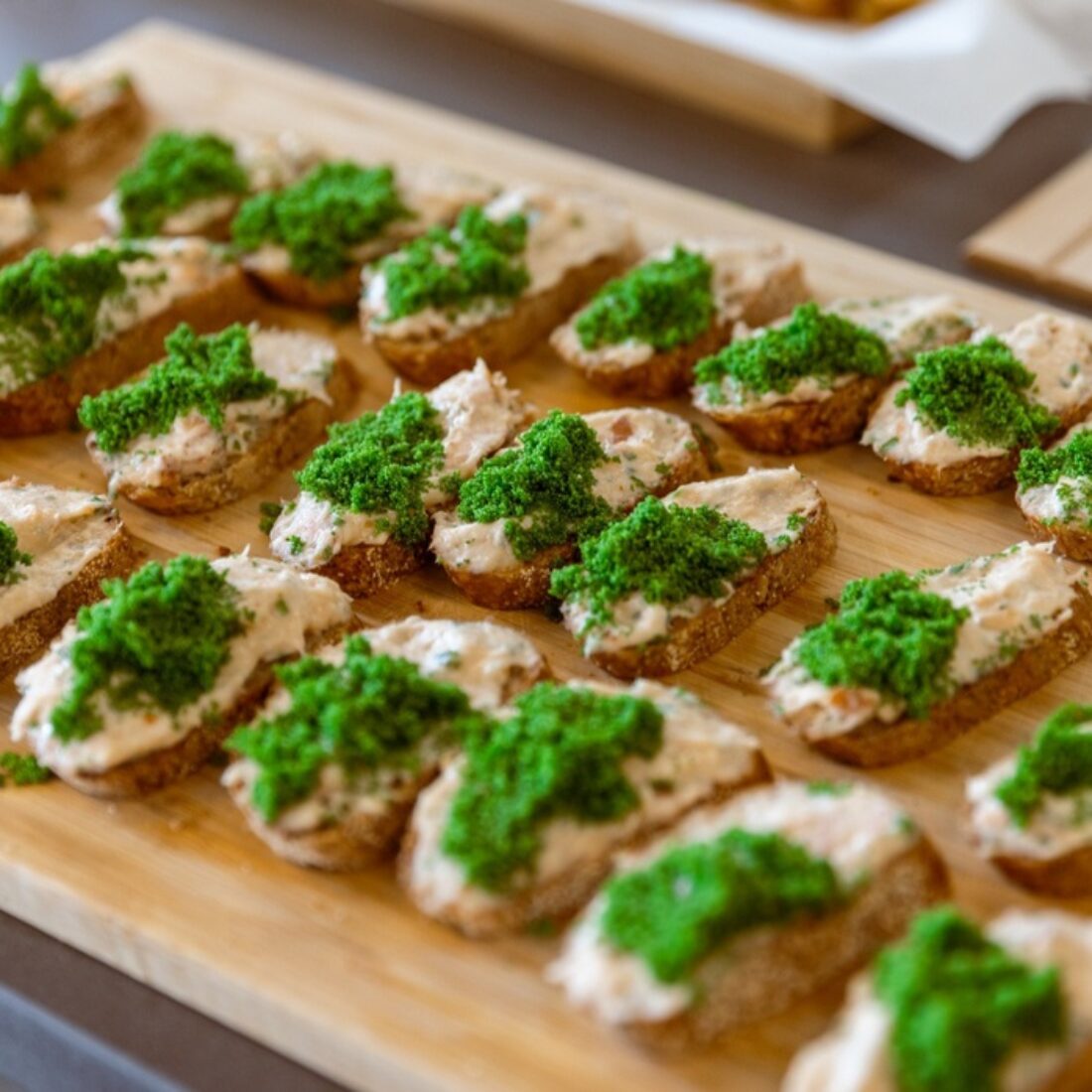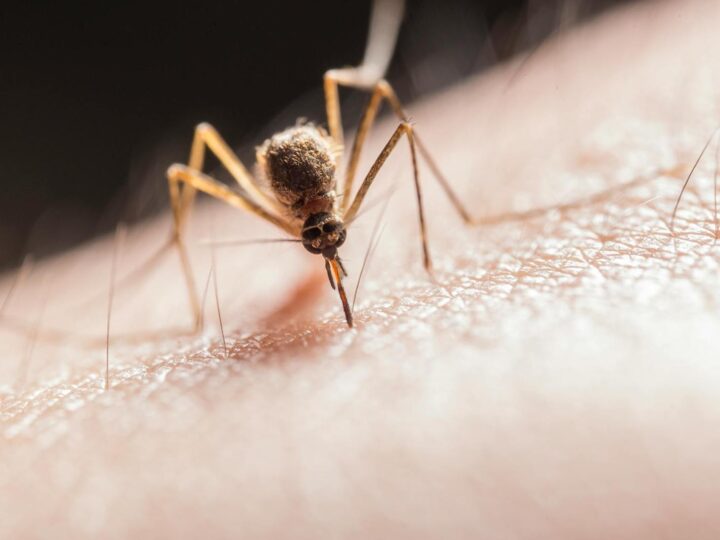Every morning, I make myself a healthy breakfast of homemade granola, fresh blueberries, strawberries and a sliced banana, topped off with a dollop of rice milk.
Shay Leibovitz says that’s not healthy enough.
“The World Health Organization recommends 100 to 200 grams of dark green vegetables every day. Lettuce isn’t sufficient,” Leibovitz tells ISRAEL21c.
The average consumer, he adds, ingests just eight grams of dark green veggies a day – “not even close to what we know is the recommended consumption.”
Leibovitz has an answer to improving health that doesn’t require any cooking, cleaning and chopping.
It’s called Wanna Greens, the brand name for wolffia arrhiza, also known as duckweed or water lentil greens. This aquatic plant looks like tiny green caviar and is the world’s smallest flowering plant.
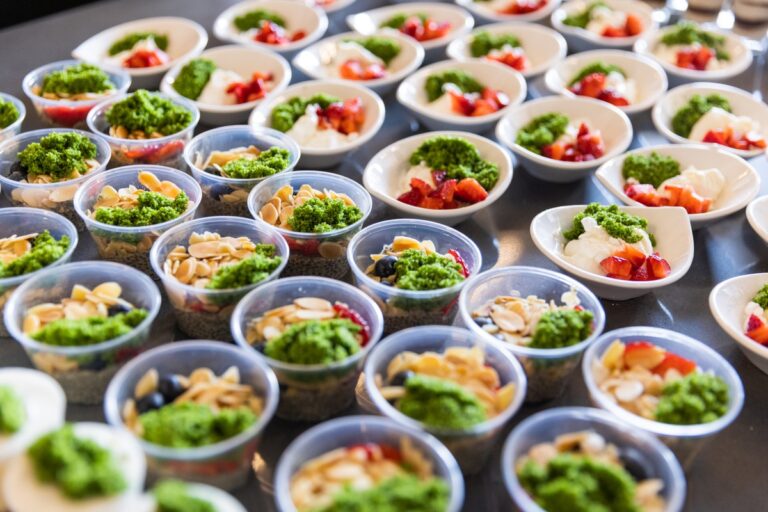
Add a spoonful or two of Wanna Greens to your granola or smoothie, and you’ve already upped your intake of critical phytonutrients to 70 grams. And the day has just begun. Wolffia is high in iron, zinc, potassium, vitamin A, vitamin K and omega-3.
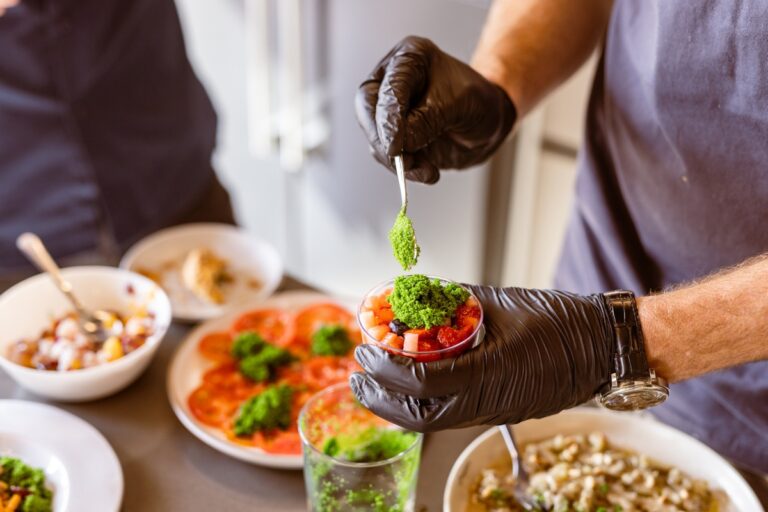
Grow it indoors
Leibovitz is vice president of global sales and marketing for GreenOnyx, which has developed a system for growing wolffia indoors commercially with little to no human interaction.
The GreenOnyx growing facility looks like a compact computer data center, with large boxes that resemble a server farm. But instead of Intel inside, there are irrigated trays where the wolffia grows.
Because everything is self-contained in the box, it’s 100% sterile, which Leibovitz says is a big part of GreenOnyx’s value proposition because no pesticides are needed.

Leibovitz wouldn’t share the proprietary information on how Wanna Greens are automatically harvested and packaged, but he says the system could raise other types of fruits and vegetables in the future – and ultimately non-food products like pharmaceuticals.
A GreenOnyx indoor farm can be set up just about anywhere. The first one to be set up in Tel Aviv consists of 65 square meters on the fifth floor of a nondescript industrial building. This farm can produce 40 tons of Wanna Greens a year.
Wolffia grows extremely fast. Harvest is as short as three weeks after planting. Moreover, “the Wanna Green mass duplicates itself every 48 hours,” Leibovitz says.
“So not only is it the tiniest plant on Earth, it’s also the fastest-growing plant on Earth.”
Freshness for 4-6 weeks
GreenOnyx is moving beyond the “farm to table” concept and introducing “farm to plate.”
Because everything is grown in that sterile chamber, all the consumer has to do is open the container of wolffia, grab a spoon and scoop it out. There’s no need to wash or cut anything.
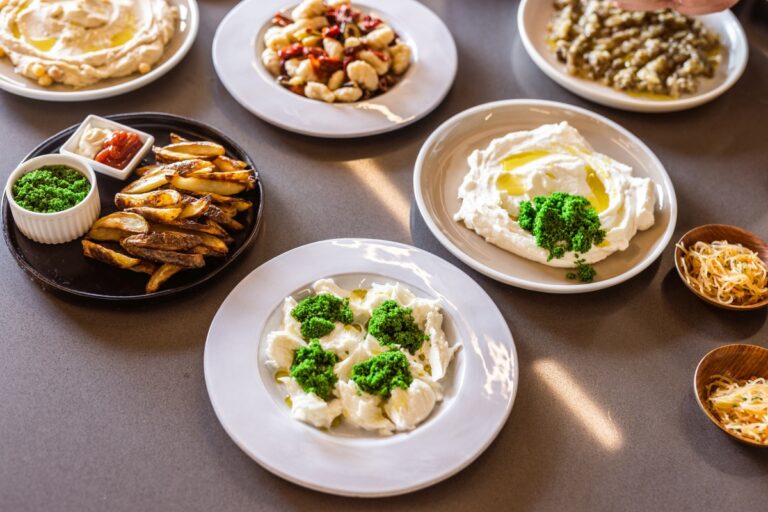
And the greens stay fresh in the refrigerator for four to six weeks.
“When you buy lettuce, kale or spinach in a store, it’s called ‘fresh’ but it’s already a non-living vegetable,” Leibovitz explains.
“It was cut and it’s dying day-by-day. Eventually you throw it out after a few days. But with Wanna Greens, the wolffia retains the water inside, so it’s still alive. When you harvest it, it has all the nutrition needed to continue to live for another month.”
Tests in restaurants
Wanna Greens are available for purchase from the GreenOnyx website for $6 per 200 grams or $30 per kilogram (Leibovitz says that’s equivalent to the price for pre-washed lettuce).
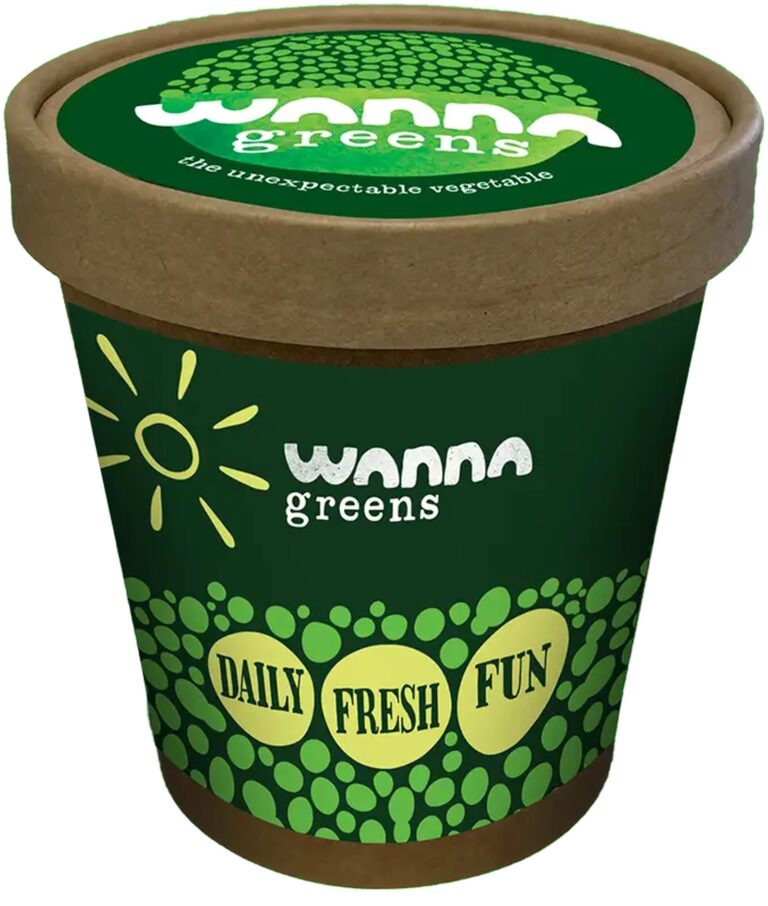
Down the road, GreenOnyx will need to work with retailers, food manufacturers and restaurants to scale up.
Toward that end, the product is being tested by several Michelin-starred restaurants in Europe and the United States.
How did Leibovitz convince these top-rated eating establishments to try his product? Israeli chutzpah – he simply walked in the door and said, “Hey, you wanna try this?”
“We are conveying a message that you can eat it in a Michelin restaurant, but you can also buy it for your home. This is not intended to be a product just for the rich and famous, but for the mass market, for everyone.”
How does it taste?
We’ve talked about the business, about health outcomes and economic advantages. But the question that’s undoubtedly on the tip of your tongue is: How does it taste?
That’s the genius of wolffia – it doesn’t really taste like anything.
“It’s very mild. It has a neutral impact on anything you eat,” Leibovitz says.
Some people will put it in a salad or, like me, on their granola. Leibovitz, an avowed carnivore, adds it to his steaks.
“It won’t change the way you look at french fries or steak or cheesecake. It will change the visual of it but not the feel,” he says.
The strangest use of wolffia? On ice cream!
“We went to do some testing with a large retailer. We came up with some basic things from their menu. Then one of the staff members went to the ice cream machine. Out came vanilla ice cream with green dots inside. So now you have this amazing ice cream and you’re eating vegetables with high amounts of phytonutrients!”
Does it change the taste? we wondered.
“No,” Leibovitz stresses. “You just get the taste of the ice cream with some added crunchiness. We’re not out to change your daily habits.”
Prevention is the best medicine
The name of the company, GreenOnyx, comes from founder and CEO Dr. Tsippi Shoham’s name (shoham is Hebrew for “onyx”). Shoham worked for many years as a cancer researcher.
“After a while, she came to the conclusion she can’t change the lives of people in later stages of disease,” Leibovitz relates. “She wanted to give them a better chance, by teaching humanity to consume vegetables with relative phytonutrients to avoid cancer, heart disease, infections, Alzheimer’s and more.”
Shoham scoured the world looking for a vegetable that had these super-nutritious properties. She found it in Thailand, where wolffia is common, especially in rural areas.
“Recognizing the tremendous potential health impact of phytonutrients, as well as the significant challenges, I changed my mission from oncology research to creating a breakthrough in the delivery and consumption of fresh greens,” Shoham says.
But wild wolffia grows only for a month and a half each year, then sinks to the bottom of the lake or river until 10 months later, Leibovitz explains.
GreenOnyx’s tech makes it possible to grow wolffia non-stop, all year long.
This being an Israeli startup, there’s a strong artificial intelligence component to monitor parameters such as nutrients and sunlight. In the GreenOnyx cloud, insights from different growing facilities and climates are analyzed, resulting in better results for everyone.
It’s easy
Other companies are trying to commercialize wolffia too, but they cannot be grown indoors in a sterile box, nor are they delivered “live” to the consumer. Instead, they are putting wolffia extract in capsules as powders or “squeezed into small packages after boiling,” Leibovitz notes.
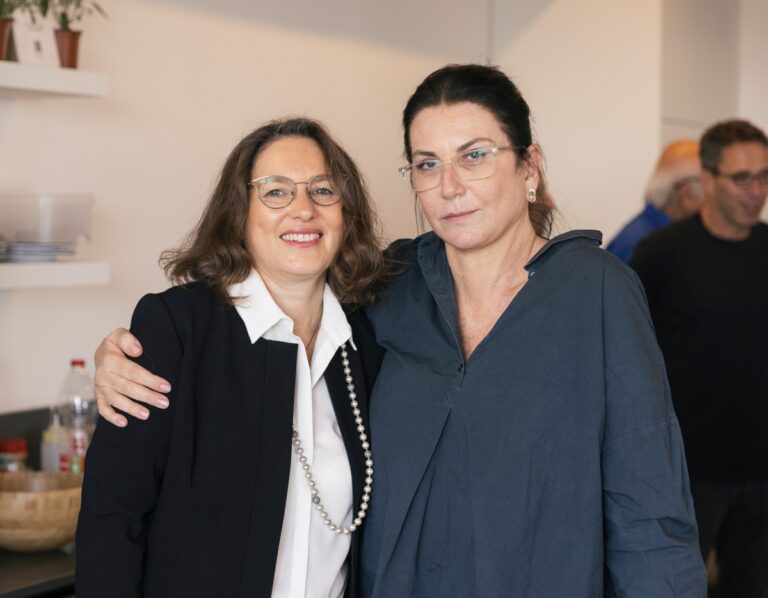
GreenOnyx has raised $30 million and employs around 50 people in Tel Aviv. Investors include billionaire Marius Nacht, restaurateur Ruti Broudo (cofounder of the Tel Aviv-based R2M hospitality and restaurant group), the Granot Group and Prof. Ruth Arnon.
Wanna Greens’ ease of use will be key to its success.
“We consume things that are easy, like a Big Mac or a Coca-Cola. If you have to make a special dish, it’s a hassle. You can consume Wanna Greens in any way that’s good for you,” says Leibovitz.
Even, it seems, in vanilla ice cream with green sprinkles.
Click the links to learn more about wolffia, Wanna Greens and GreenOnyx.




